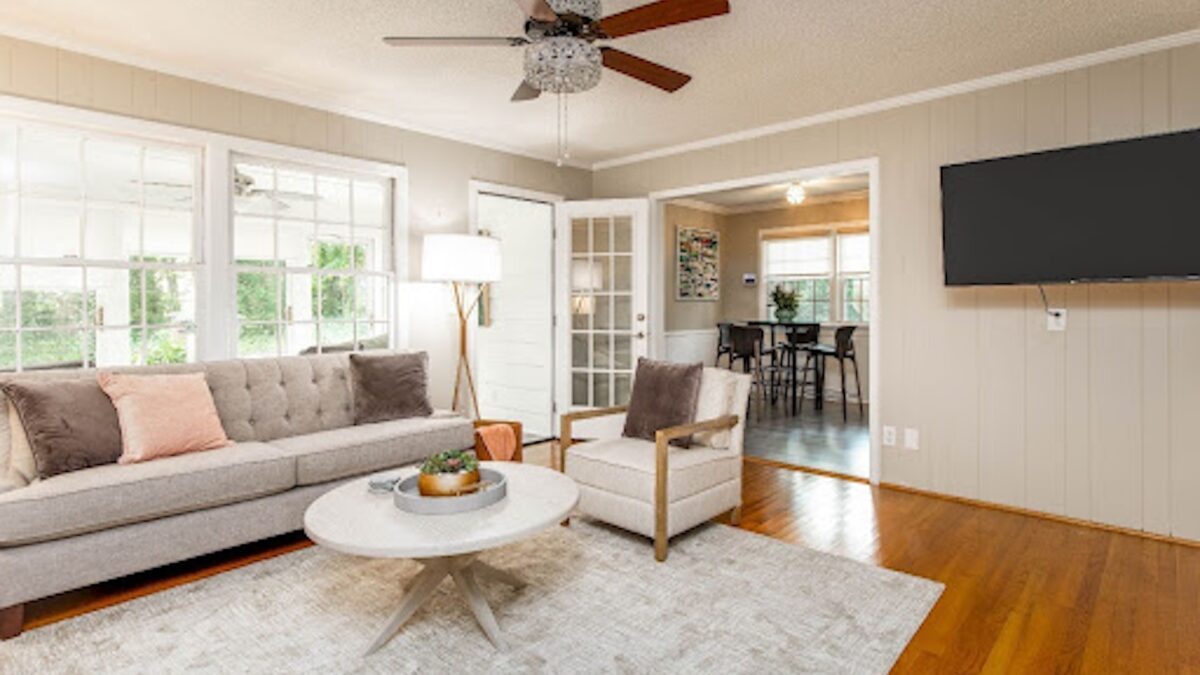Living in a typical neighborhood or roommate scenario often means residents are random, transient, and disconnected. If you yearn to live in a community committed to building shared lives together, an emerging concept called cohousing might be right for you. Although cohousing is often confused or categorized with other co-living arrangements, such as communes, co-ops, and shared rental housing, it’s fundamentally different.
“Cohousing is a form of intentional community where people live together on a shared or contiguous piece of land and share facilities in common,” explains Tree Bressen. As a Group Facilitator, she helps people function well together, including in cohousing communities. Understanding the distinct features of cohousing can help you decide if you want to participate.
Residents Are Guided by Shared Values
Cohousing communities exist on group-owned property, and those who live there share specific values and needs. Many adopt green living approaches, although that’s not always true. Residents are also dedicated to living in the communities long term, making group decisions, and sharing certain common facilities while living in their private homes.
“Studies show the people who live in cohousing usually are happier,” Bressen says.
It’s Not Like Living with Roomies
Cohousing communities aren’t places to randomly rent a house, an apartment or even a room in someone’s house. Residents share many spaces, and community activities are frequent. In contrast, a typical roommate scenario involves co-living, not cohousing. Roommates are sometimes friends, but it’s not a requirement. Cohousing is much more structured and deliberate than typical shared housing and roommate situations.
It’s Like Buying into a Community
Individuals and families in cohousing communities have independent finances and live in private homes, and they don’t share their private spaces with community residents outside their households.
“They use conventional mortgage financing to buy their units,” Bressen says. “A lot of communities have rental units, and some even have shared housing, but that’s not usually true,” she adds.
Cohousing communities are typically customized during the building process based on the community’s shared purpose. Private homes are clustered around extensive common facilities, making the neighborhood design unlike that of most standard subdivisions.
“It’s not considered cohousing unless those who’ll live there had significant say in how the community was built and what the common facilities would be.” Often, the level of customization in the community means homes are pricey. In some communities, neighbors lend or pool funds to help others buy their units. Some affordable cohousing options exist, sometimes in the form of rental housing, but that’s not the norm in cohousing.
Living Is Relationship-Centered
By design, cohousing facilitates close community relationships in the same way many old school neighborhoods did a couple of generations ago. Because they are intentional communities, the depth of connection in them is almost immediate.
“They create a level of safety that comes from knowing neighbors well and looking out for each other,” explains Bressen. “Helping each other out with childcare or eldercare can create a more cohesive community than in non-cohousing communities,” she adds.
Creating these tight knit communities requires residents to have a cooperative attitude and spirit. “You need to be willing to listen to someone else’s viewpoint with an open mind and heart and be committed to collective decision making,” states Bressen. No single individual controls these self-managed groups, so most decisions are by consensus or majority vote.
Connecting socially in cohousing is organic, thanks to a constant selection of group events planned by residents based on shared interests or community values. Many nights, residents share meals in large community kitchens or common outdoor spaces, but participation is always optional.
It Requires a Work Commitment
These communities aren’t communes where you share income derived from working full time, and the commune covers all your basic needs. Cohousing residents have independent finances, but they do commit to helping maintain the community. “To save money and be self-reliant, residents do much of the necessary work themselves,” states Bressen.
Those who care about others and willingly commit to a minimum work level are the ideal residents for these communities. That work is also another way to build community and get to know your neighbors.
Visit Potential Cohousing Communities
As part of your due diligence for making a decision about cohousing, you should go out and visit some cohousing communities. “Go spend time at more than one community, and see where you feel good,” says Bressen.
If you decide cohousing is right for you, you can simplify the moving process while honoring a commitment to green living by choosing the eco-friendly option of home furniture rental. CORT Furniture Rental has numerous locations across the U.S to help you with all your furniture needs.





